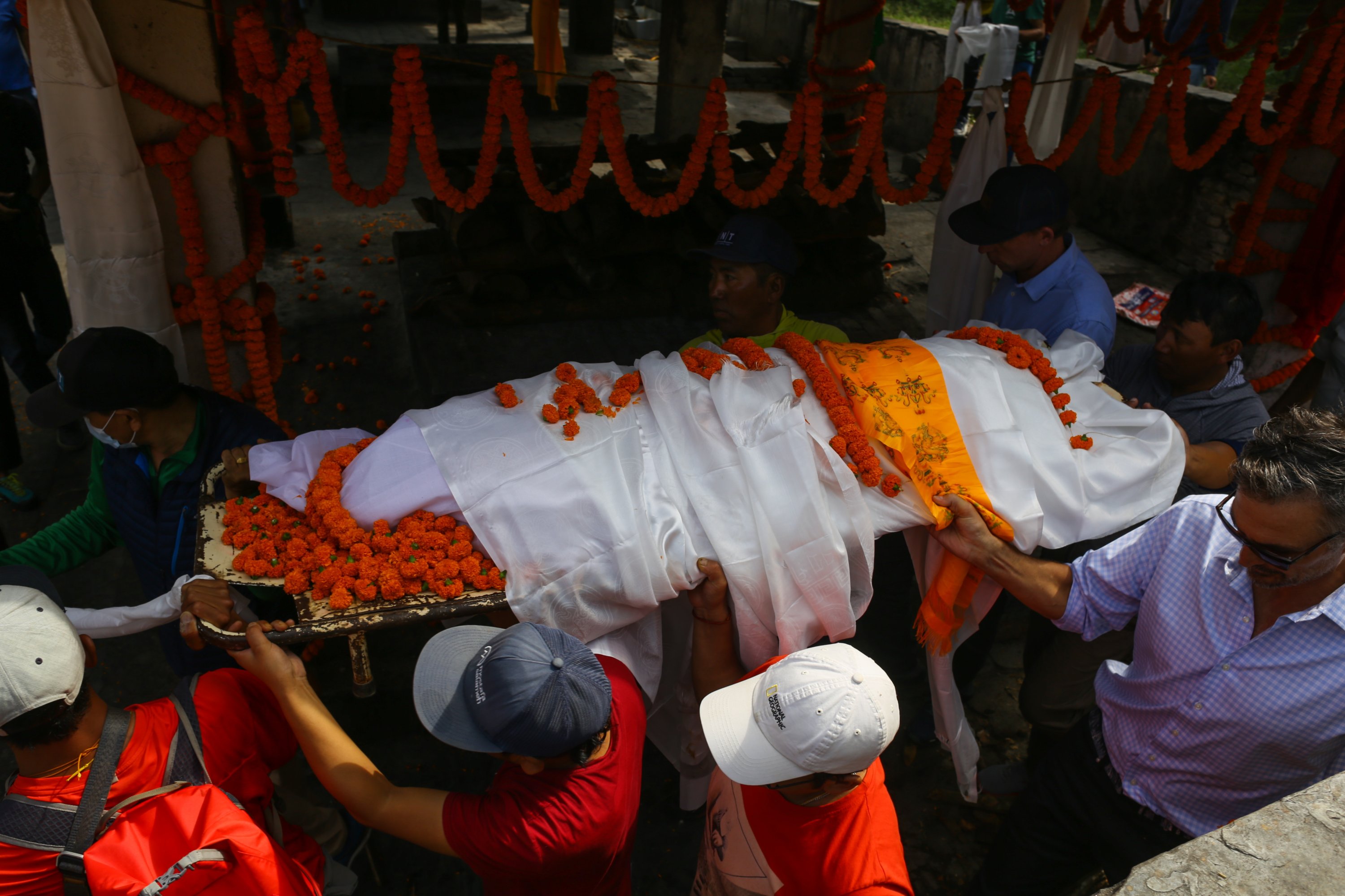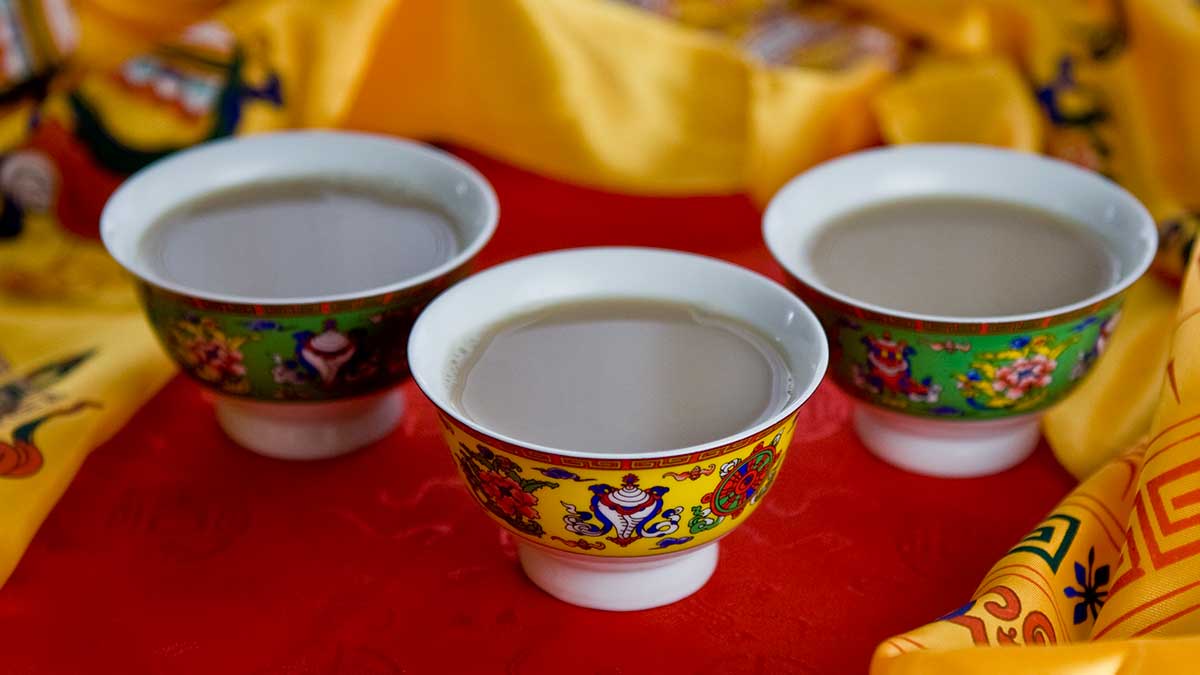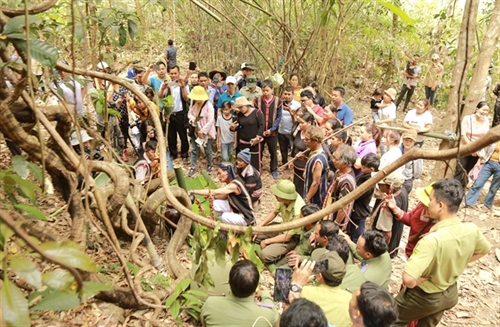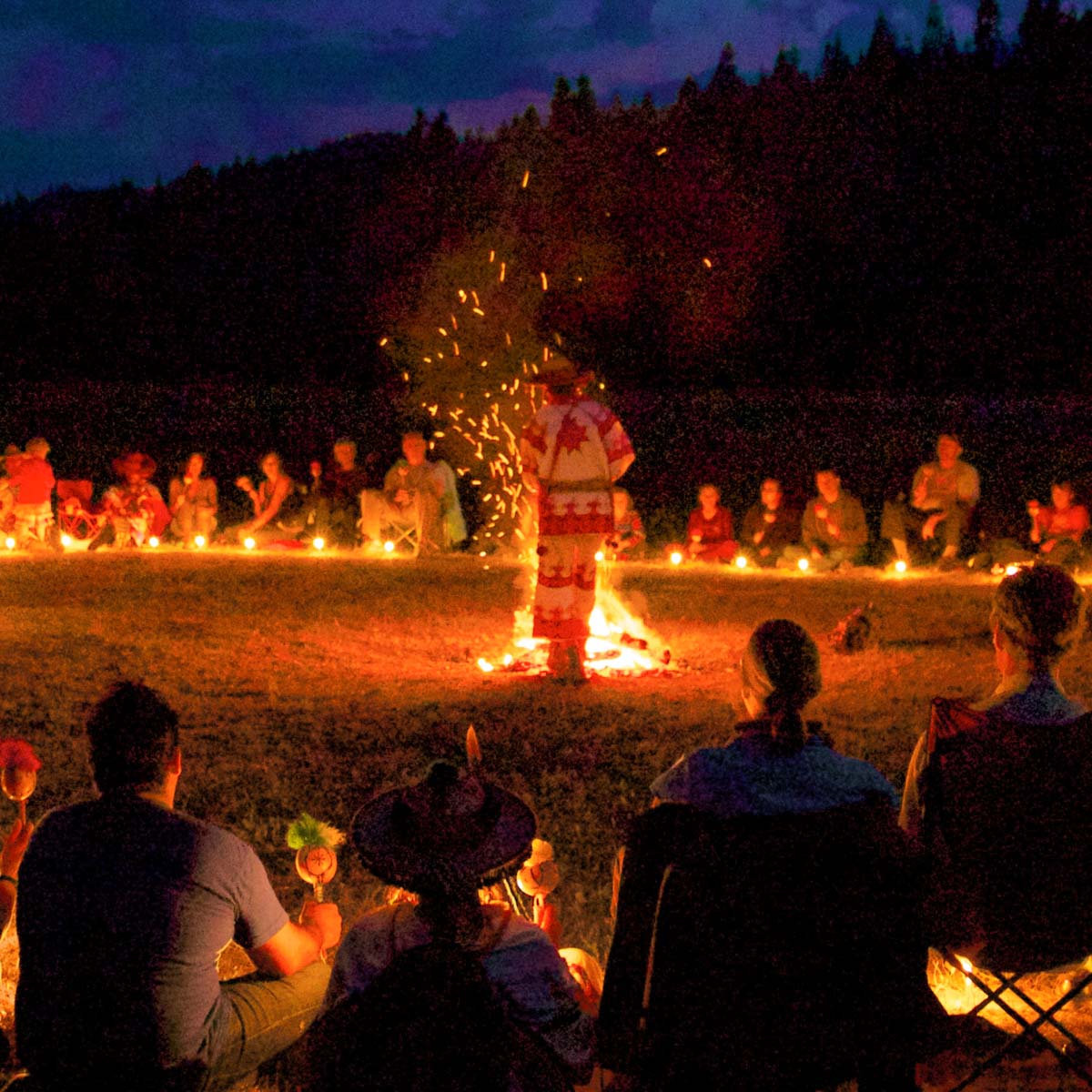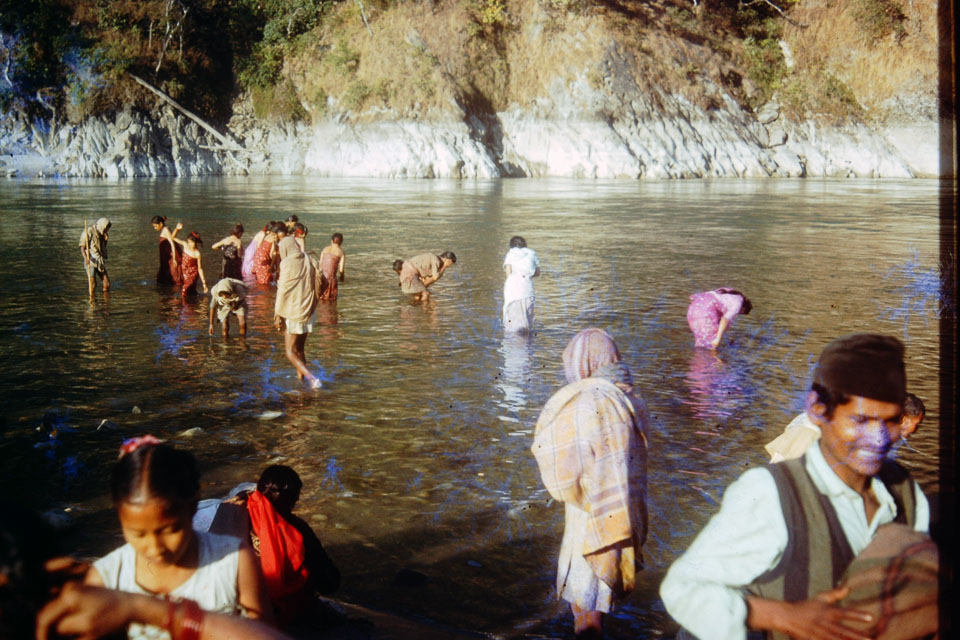Share this Article
Nepal is a land of rich cultural heritage and traditions, where festivals play a central role in the lives of its people. The Nepali calendar is filled with vibrant and diverse festivals that bring communities together, celebrating everything from religious devotion to harvest seasons and cultural practices. These festivals, deeply embedded in Nepali life, not only hold spiritual significance but also have a profound economic impact on various sectors of the economy. While often seen as social and religious events, the economic implications of these festivals are vast and multifaceted, shaping both local and national economies.
In this article, we will explore the economic impact of Nepali festivals, shedding light on how these events drive business, employment, tourism, and various industries that rely on festival-related demand.
1. Tourism and the Festival Economy
Nepal's festivals attract large numbers of domestic and international tourists, contributing significantly to the country's tourism industry. Many visitors come to experience the unique cultural practices, religious rituals, and vibrant celebrations, which in turn boost the hospitality and service sectors.
- Domestic Tourism: Nepali festivals like Dashain, Tihar, and Holi see a surge in domestic travel as people return to their hometowns and villages to celebrate with their families. This results in increased spending on transportation, accommodation, and food.
- International Tourism: For foreign tourists, festivals such as Indra Jatra in Kathmandu, Buddha Jayanti, and Tihar offer a chance to experience Nepali culture up close. Tourists flock to Kathmandu and other cities during these festivals, resulting in a rise in hotel bookings, guided tours, cultural shows, and local shopping.
- Cultural Tourism Packages: Many travel agencies offer special festival packages, which include visits to temples, local markets, and participation in the festivities. These packages often include cultural performances, handicraft exhibitions, and traditional cooking classes that further enhance the tourism experience.
2. Retail and Consumer Goods
Nepali festivals are synonymous with consumer spending, especially in the retail sector. Festivals like Dashain and Tihar see a significant increase in demand for various goods, ranging from clothing to food to home décor.
- Clothing and Jewelry: Festivals often prompt Nepali people to buy new clothes, traditional wear, and jewelry. Dashain, in particular, sees families investing in new attire, as it is one of the most significant cultural events. Retailers experience a boom in sales of sarees, kurtas, jewelry, and footwear during this time.
- Home Décor and Gifts: During Tihar (the festival of lights), households decorate their homes with lights, candles, and traditional motifs, leading to a surge in sales of decorative items, electric lights, and flowers. Additionally, the gifting culture is a central aspect of festivals like Dashain, where people exchange gifts, resulting in higher sales in the consumer goods sector.
- Food and Sweets: Festivals are also marked by an increased demand for traditional foods and sweets. From sel roti (a traditional sweet bread) to momo (dumplings) to dhido, food businesses thrive during the festive season. Street vendors, local markets, and restaurants see a boom in business during major festivals.
- Special Sales and Discounts: Retailers take advantage of the festive season by offering special sales, promotions, and discounts, which further stimulate consumer spending. This is especially prominent in urban areas, where shopping malls and local stores launch festive discounts on a wide range of products.
3. Agricultural and Food Production
Nepali festivals are closely linked with agricultural cycles, and some festivals have a direct impact on the agricultural sector. For example, Maghe Sankranti, which marks the winter solstice, is associated with the harvest of new crops such as sugarcane and til (sesame), both of which are consumed in traditional sweets during the festival.
- Boost to Local Farmers: Festivals like Tihar, Maghe Sankranti, and Dashain lead to higher consumption of specific food items like grains, fruits, vegetables, and livestock. This boosts the demand for local agricultural products and supports the livelihoods of small-scale farmers.
- Livestock Market: During festivals, the demand for livestock—especially for goats and buffaloes—increases as families slaughter animals for religious sacrifices or feasts. This creates a temporary surge in the livestock market and provides income for farmers and traders in rural areas.
4. Crafts and Handicrafts
Nepal's rich tradition of craftsmanship comes to the fore during festivals. Items like thangka paintings, wooden carvings, pottery, and handwoven fabrics are highly sought after during festivals, both for personal use and as gifts.
- Handicrafts Market: Festivals are an important time for the sale of traditional handicrafts. Local artisans, especially in areas like Bhaktapur, Patan, and Pokhara, create and sell a variety of handmade products that are purchased by both locals and tourists. Items like silver jewelry, Nepali carpets, wooden masks, and paintings are popular during festival seasons.
- Supporting Local Artisans: Many festivals, particularly Tihar and Dashain, see increased sales of handmade goods, providing a much-needed boost to the local handicraft industry. This creates jobs for artisans and supports the preservation of Nepal's traditional crafts.
5. Transport and Logistics
The movement of people during Nepali festivals leads to a surge in transportation demand, contributing to the economy in both rural and urban areas. The need for travel during festivals results in increased revenue for transportation services, including buses, taxis, domestic flights, and trains.
- Public Transportation: Buses and public transportation services experience a sharp increase in demand as people travel back to their homes and villages to celebrate with family. Similarly, the airline industry sees a spike in domestic flights as people return to Kathmandu or other major cities.
- Increased Cargo and Logistics Activity: The distribution of goods across the country for festival celebrations, including food, gifts, and decorations, requires significant logistics and distribution networks. This leads to a rise in activity for logistics companies, especially during the lead-up to major festivals.
6. Employment Opportunities
The heightened economic activity during festivals creates numerous temporary and permanent employment opportunities, particularly in retail, hospitality, and transportation sectors.
- Seasonal Employment: The demand for goods and services during festivals leads to an increase in seasonal jobs in retail stores, food outlets, hotels, and transport companies. This is especially significant in urban areas, where businesses hire additional workers for the festive season.
- Cultural Performances and Events: Festivals also create opportunities for performers, musicians, and artisans who participate in cultural events and ceremonies. These performances, whether they take place in temples, public squares, or private homes, generate revenue for those involved in the cultural sector.
7. Challenges and Opportunities
While the economic impact of Nepali festivals is undeniable, there are challenges to fully maximizing the potential benefits. These challenges include:
- Overconsumption and Waste: Festivals often encourage overconsumption of goods, food, and resources, leading to environmental waste. The growing use of plastic decorations and non-biodegradable products, especially during Tihar and Holi, presents an environmental challenge.
- Economic Inequality: While festivals can boost local economies, their benefits are often unevenly distributed, with certain sectors and regions (e.g., Kathmandu) benefiting more than others. Ensuring that the economic benefits of festivals reach marginalized communities and rural areas remains an important challenge.
Conclusion: A Vibrant Economic Sector
Nepali festivals are much more than just cultural celebrations—they are a vibrant and essential component of the national economy. From tourism to retail, agriculture, crafts, and employment, the economic impact of these festivals is significant. As Nepal continues to grow economically, it is crucial to recognize the potential of festivals as an economic driver and to explore ways to harness their full potential in a sustainable and inclusive manner. By striking a balance between tradition, cultural preservation, and economic growth, Nepali festivals can continue to enrich the lives of individuals, families, and businesses across the nation.
Categories:
Culture & Traditions
,
Lifestyle & Local Life
Tags:
Heritage
,
Local Life


